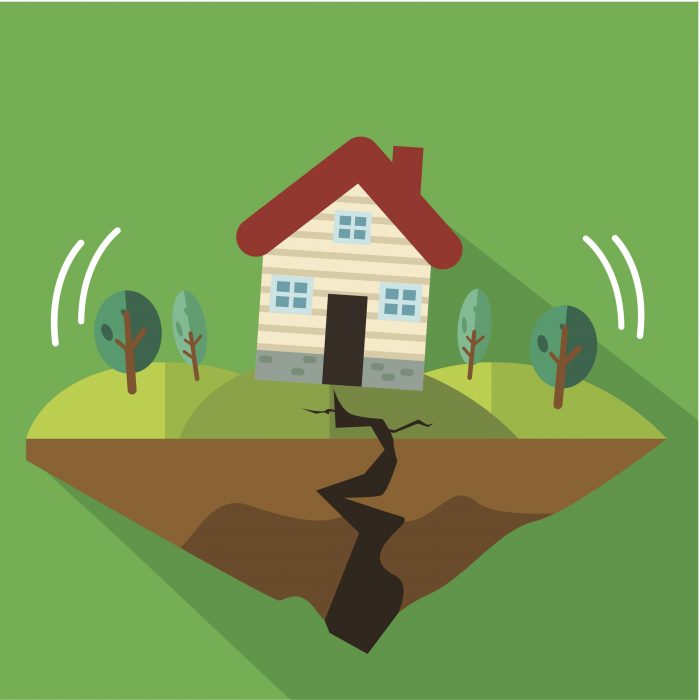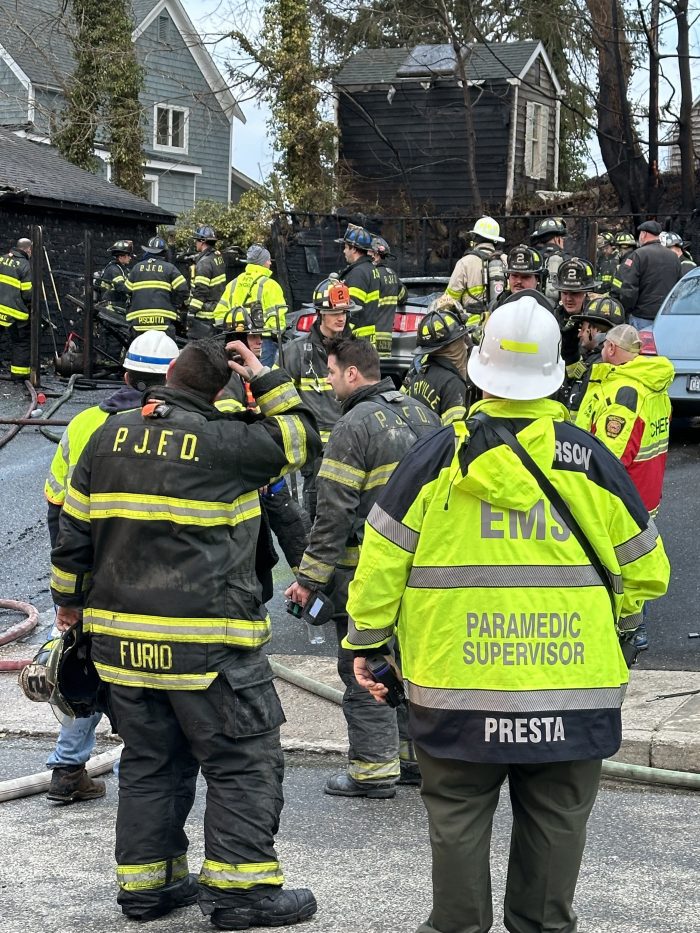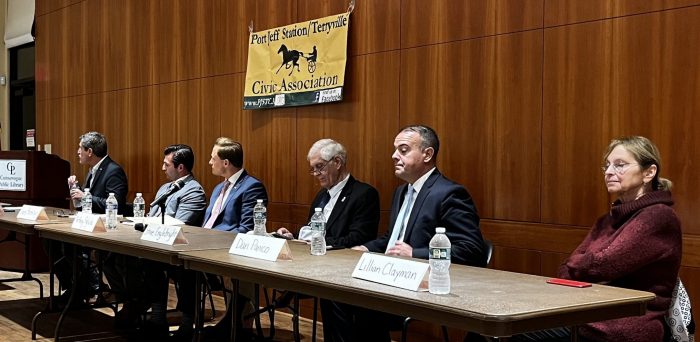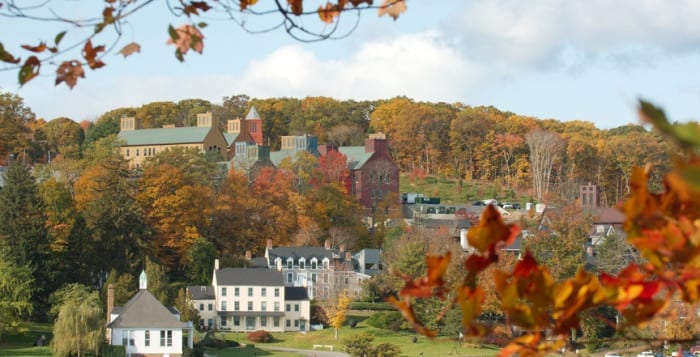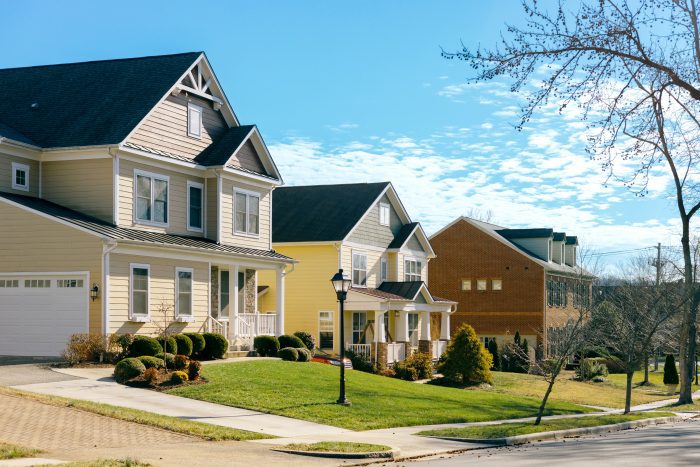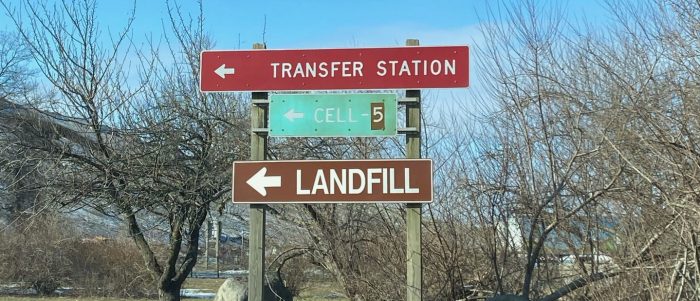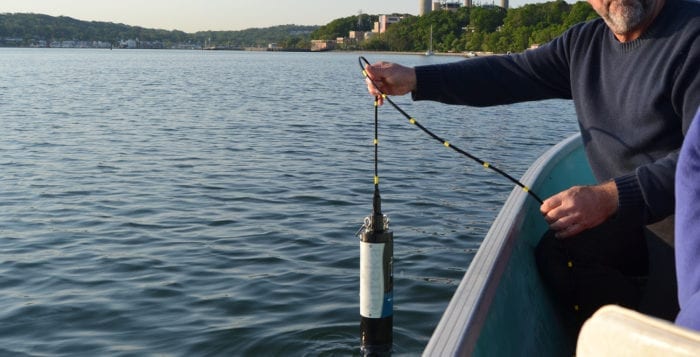On Friday, April 5, a 4.8 magnitude earthquake hit north-central New Jersey and was reported as having been felt across the tri-state area — including across our communities. An earthquake of this magnitude has not hit the East Coast since 2011, when a 5.8 magnitude earthquake centered in Virginia shook areas across New York.
Experiencing an earthquake can be a disorienting and unnerving event, as it involves the sudden movement of the Earth’s surface caused by the release of energy in the Earth’s crust.
For those who have experienced an earthquake, the sensation is often described as a sudden jolt or shaking, sometimes accompanied by a rumbling sound. Initially, there may be a feeling of confusion or disbelief as the ground begins to move unexpectedly.
As the earthquake progresses, the intensity of the shaking can vary, ranging from mild tremors to violent jolts. Buildings and structures may sway or vibrate, causing objects to rattle and shift. The ground itself may undulate or roll, creating a sensation akin to being on a boat or riding a wave.
During a seismic event, individuals may feel a range of physical sensations, including dizziness, nausea or difficulty maintaining balance. It’s not uncommon for people to experience heightened anxiety or fear, especially if they are unfamiliar with earthquakes or if the shaking persists for an extended period.
In some cases, the intensity of the earthquake may be strong enough to cause damage to buildings and infrastructure, leading to collapsed structures, fallen debris and potential hazards such as ruptured gas lines or downed power lines.
It’s important to note that each earthquake is unique, and the experience can vary widely depending on factors such as proximity to the epicenter, building construction and personal resilience. Regardless of the magnitude or duration of the earthquake, it’s essential to remain calm, take protective action and follow established safety procedures to minimize the risk of injury and ensure personal safety.
Be prepared in the event of an earthquake
If you’re indoors, move away from windows, glass doors and exterior walls to avoid injury from shattered glass or falling objects.
If you’re outdoors, move to an open area away from buildings, trees, streetlights and utility wires. Drop to the ground and cover your head and neck with your arms until the shaking subsides.
Be mindful of potential hazards such as tall furniture, bookcases and heavy objects that could topple over during an earthquake.
Identify safe zones within your home or workplace, such as sturdy doorframes or interior walls, where you can seek shelter.
Prepare an emergency kit with essential supplies, including water, nonperishable food, first-aid supplies, flashlights, batteries, a battery-powered radio and a whistle.
Establish a communication plan with your household members or neighbors to coordinate actions during an earthquake or other emergencies.
Be aware of potential aftereffects of an earthquake, such as aftershocks, structural damage, gas leaks and electrical hazards. If you suspect damage to your home or utilities, evacuate immediately and contact emergency services for assistance.
Stay informed about earthquake risks and preparedness measures in your area. Monitor local news, weather alerts and emergency notifications for updates on seismic activity and safety recommendations.

